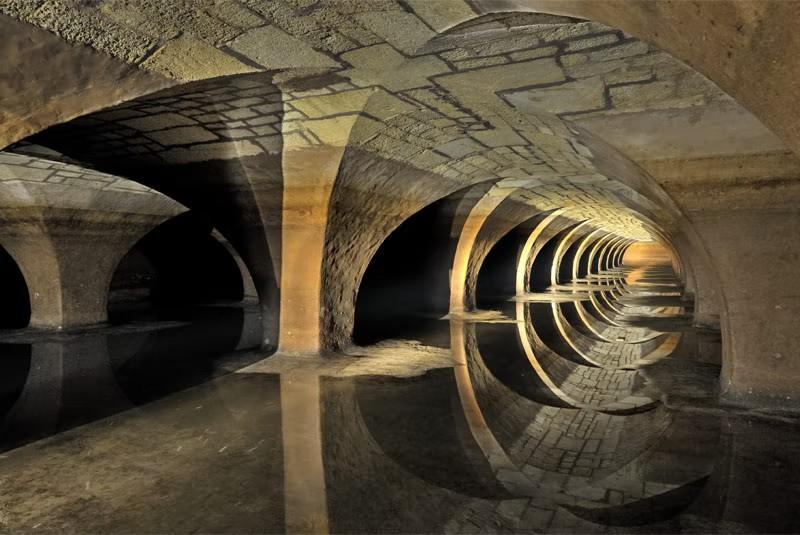
1 minute read
LITERATURE REVIEW
are subjected to wind, rain, sun, and seasonal temperature fluctuations. Examples include warehouses, telephone switching facilities, electric substations, parking garages, and assembly plants. If the aspect of imageability is discounted, this list can be greatly expanded to include uses such as theatres and auditoria, galleries and museums, night clubs, supermarkets, department stores, recording studios, and a host of other both common and esoteric applications. On the other hand, terratectural buildings are not necessarily formless or imageless. The varieties of surface-to-subsurface relationships which characterize the types depicted here suggest that caution be exercised in generalizing the "intrinsic" qualities of underground structures. The two abstracted types presented berm and subgrade are simply points of departure for modification, combination, and compromise to suit individual sites and requirements.
2.6.1 Berm-type structures:
Advertisement
Maybe molded into the landscape or may be used to create bold, simple forms. They are easily shaped to facilitate on-grade access and window exposures, particularly when used in conjunction with retaining walls. Berms shed water readily, balance on-site cuts and fill, and are admirably adapted for use in areas of high groundwater levels. Earth berms themselves may be used as architectural elements (to shape space), as visual and acoustical barriers, and/ or as interesting play surfaces.
2.6.2 Subgrade structures:
Permit continuity of the grade level and have been popularly employed where site and building programs demand a low-profile or a "nonbuilding" architectural solution. One of the great virtues of sub-grade structures is this invisibility and the non-disruptive integration into existing contexts which it enables. Atriums and courtyards are frequently incorporated into subgrade designs to provide access, create outdoor rooms, and introduce natural light into the building's recesses.







